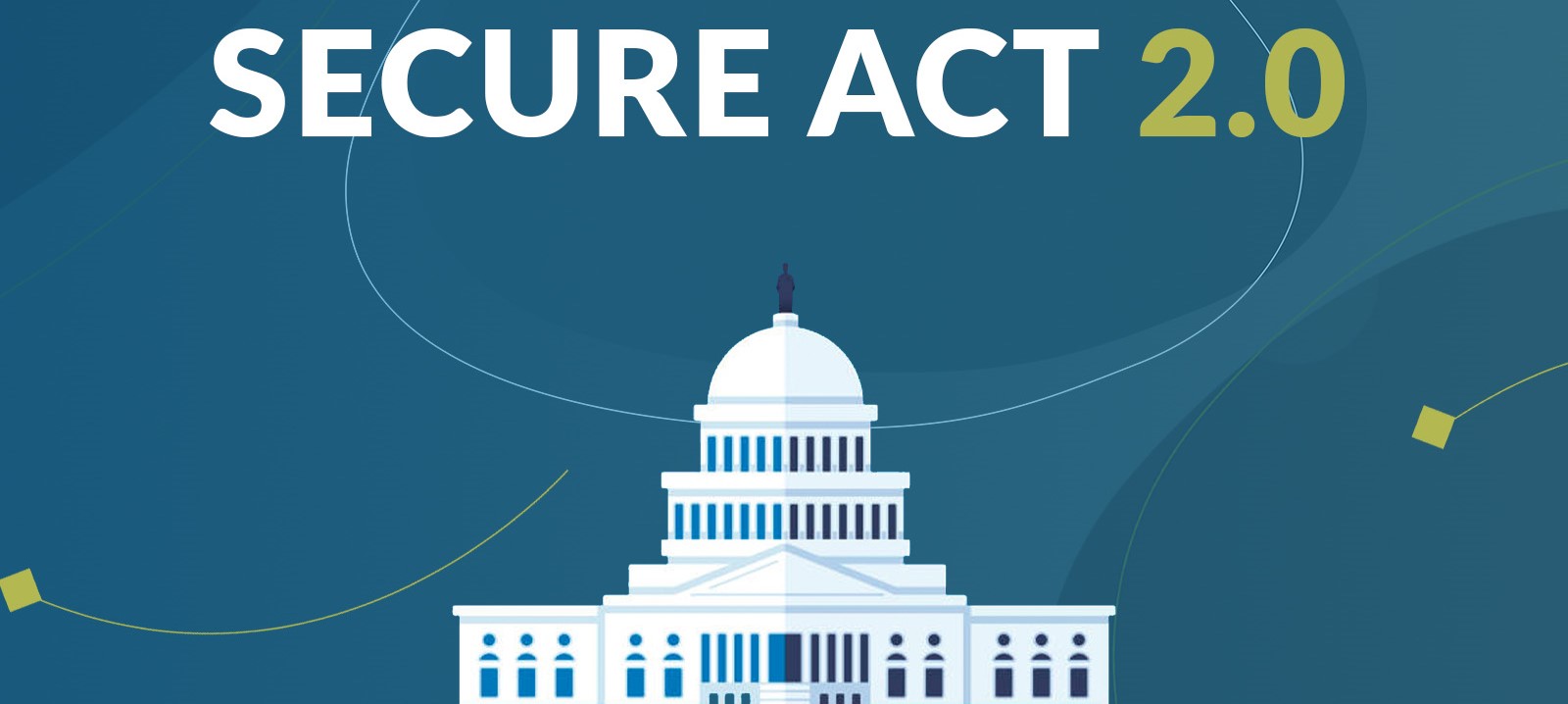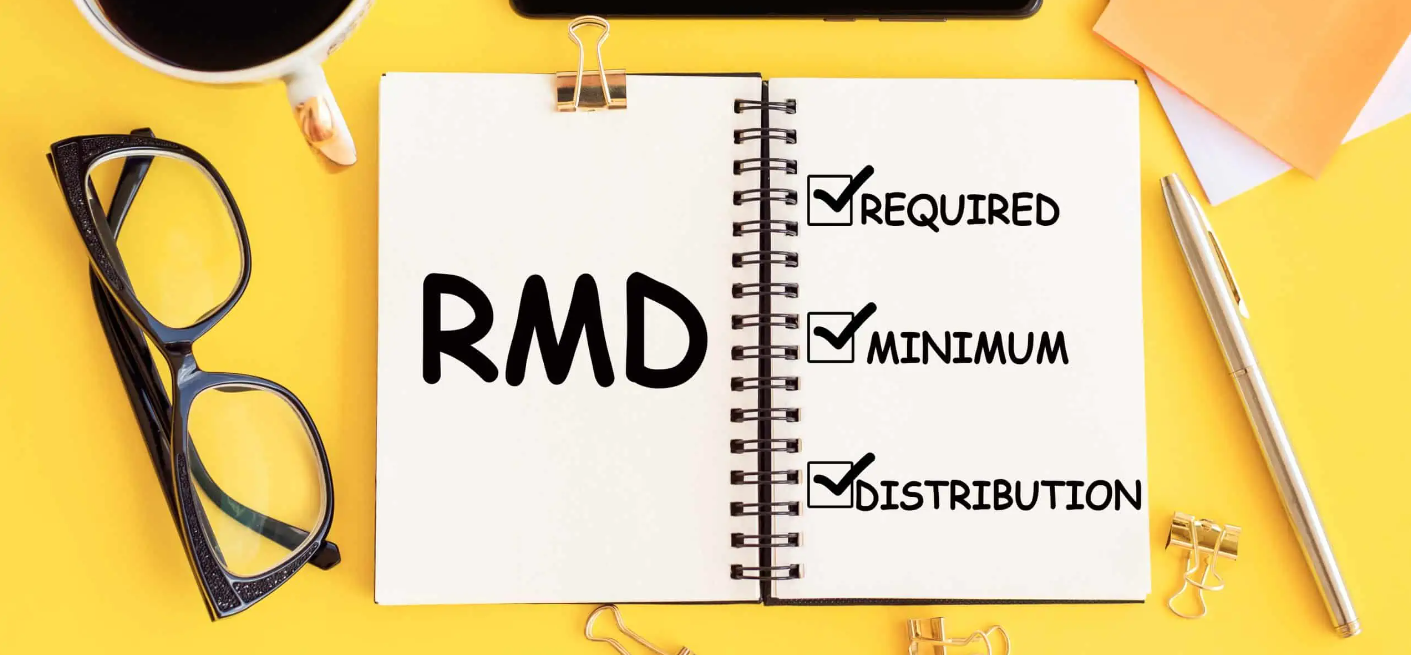Last week in Kansas City, the Ed Slott team hosted their first training program for IRA Advisor Group members since late 2019. Throughout the program, there was a focus on several current topics – like nuances of the 10-year rule for beneficiaries, common mistakes made when setting up inherited accounts, and the advantages of Roth IRAs and Roth 401(k) plans. The conversations were lively and interaction among the IRA Advisor Group members was spirited. Some of the discussion questions that bubbled up organically, across all retirement account subjects, included the following:
Can a spouse beneficiary do both a spousal rollover and an inherited IRA?
Yes. It is recommended that a spouse who is under 59 ½ do an inherited IRA with the deceased spouse’s account. This way the surviving spouse can have full access to the funds without the 10% early withdrawal penalty. Once the surviving spouse reaches age 59 ½, they can then do a spousal rollover. However, if the surviving spouse wants to do a spousal rollover with a portion of the inherited funds before 59 ½, and leave the rest as an inherited IRA, that is perfectly acceptable.
How does the stretch IRA work for an eligible designated beneficiary (EDB) child?
The new regulations clearly define the age of majority (for IRA beneficiary purposes) as 21. Also, there is no longer an extended age for anyone still in school. That language has been removed. A minor child of an IRA owner, as an EDB, is permitted to stretch required minimum distribution (RMD) payments over the child’s own single life expectancy until the year she turns 21. After that final year, the 10-year rule springs forward.
Do former 401(k) plan dollars rolled into an IRA have to maintain the spouse as beneficiary?
They do not. While ERISA rules dictate that a spouse must be the beneficiary of the 401(k) unless the spouse consents, there is no such spousal consent rule for IRAs.
When does the 10-year rule start, and is there still a year-of-death RMD?
If the original IRA owner was subject to lifetime RMDs, and if that original owner had yet to take the final RMD, then the beneficiary is responsible for taking the year-of-death RMD. If the beneficiary is subject to the 10-year rule, the 10 years start with the year after death. Essentially it is a full 10-year term PLUS whatever time remains in the year of death. When trying to determine the final year in the 10-year term, start with the year after death, and count them out on your fingers. (There is no shame in that!)
Is a dependent child who has his own earned income potentially phased out for a Roth IRA by his parent’s income?
No. If a dependent child has his own earned income and files a tax return, Roth IRA eligibility is based on that child’s income, not the parent’s.
Conversations IRA Advisor Group members also included details about the new successor beneficiary rules, life expectancy tables, considerations when moving money from a Roth 401(k) to a Roth IRA, 72(t) schedules, trust beneficiary rules, and much more. It was a long and informative few days.
By Andy Ives, CFP®, AIF®
IRA Analyst











